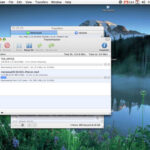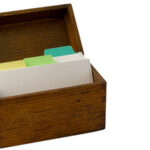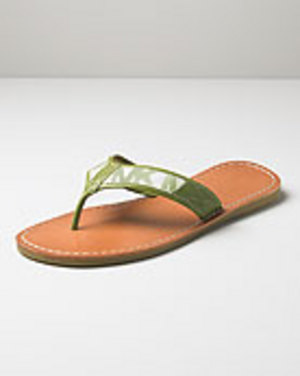I’m going to start this review off by admitting right from the beginning that Mori isn’t really a program I need. As much as I hate to admit it, much of my “organization” comes from dropping stuff I need to remember onto my Desktop. I like the idea of note-taking and organization applications… I just don’t use them, even if they work.
And don’t get me wrong, Mori – a note-taking application from Apokalypse Software, works just fine. It has a great interface, is easy to learn and use, and has a couple of really neat features. I know, for myself, that I just won’t use it.
First of all, what is Mori? It’s described by the publishers as “Your notes, organized.”
And really, that’s what it does. Mori isn’t an outliner, it isn’t a job tracker, it isn’t a project manager or anything like that. It’s simply a very well-put-together way to put a lot of notes all in one place, organize them via tags and folders, and most importantly, find what you’re looking for.
For anyone who’s used a modern email client, Mori’s interface will be familiar. On the left, we have a long column which in an email client would be your list of mailboxes and accounts. This, in Mori, is where we put folders. Folders are how we organize notes in Mori. Simply create a folder, give it a name, and then put all your notes pertaining to that folder inside it. A good example of how this would be used is in the case of a research paper in college. Usually, a college student will have more than one paper assigned at a time, so with Mori, simply create a folder for each paper, and put your notes and references for each in the appropriate folder. Simple!
But Mori isn’t just about text. As you can see from the screen shots, Mori can accept images as well. You can insert web links, which – when clicked – will open your web browser. You can also drag an email address into Mori. Even if the address wasn’t recognized as an email address by the application it came from, Mori parses it as such, and from then on, clicking on the address will bring up your email client, with a new email already addressed to that recipient.
Audio and video can be dragged in as well, and if the file is in a format QuickTime can play, Mori can play it too. I’ve tried this with MP3 and Divx files and noticed an interesting thing. With the audio file (which was small), Mori copied it in without a fuss. The video file, on the other hand, was much larger. Likely because of this, I was asked if I really wanted to copy in the item, or if I’d prefer to use an alias.
This is an interesting question, and one I’m glad Mori asks. The reason it even comes up is because Mori actually makes copies of anything you put into a note. This means that if I accidentally delete the original, Mori still has a copy for me. However, in the case of the video, I was attempting to put a 350 MB file into Mori’s database, which will obviously greatly increase the size! Even so, I think it’s awesome that Mori does this, because it gives me – as a user – peace of mind. I don’t need to worry about deleting something on my hard drive that Mori relies on.
In the opening, I talked about a couple features I think are great. The first are Smart Folders, and the second are Tag Folders. If you’ve used modern Mac programs, you’ll know what a Smart Folder is. For those who don’t, a Smart Folder is simply a saved search. Create a Smart Folder, then enter in a search that fills the folder with items you want to group together. From that point on, each time you enter the folder, you’re shown a list of all the items that currently meet the search criteria. This allows you to only perform the search one time, and from then on, even if you add or subtract items, the results are always up-to-date.
Tag Folders, on the other hand, are brilliant. As I mentioned earlier, Mori supports tags, which allow you to place a note into more than one category. Tagging items, in most programs, can be a chore, since you need to click to bring up the editing mode, or the info screen, then enter in each and every tag you want, being careful that you format the tags identically (“Fiscal Year 2008” is different from “2008 Fiscal Year”), so that everything you want to keep together is actually grouped together. Tag Folders take all the guesswork, and a lot of the busywork, out of tagging items in Mori. Simply create a Tag Folder, then fill it with a common set of tags that you want to apply to a large number of notes (and that you’ll want to do again and again as you create new notes). From then on, just drag a note onto that folder, and the note will immediately be tagged just the way you want it!
Mori has a lot of other features, like color labels, the ability to add check boxes, all the text formatting features included in TextEdit, and more. Mori really is a nice program. I mentioned that it’s one I don’t really have a need for, and that’s true, but for anyone who does need something like this, I recommend it whole-heartedly. Mori is shareware (and a bit expensive, in my mind, at $39.95 for a license), but a demo copy can be downloaded to see if Mori is right for you.




